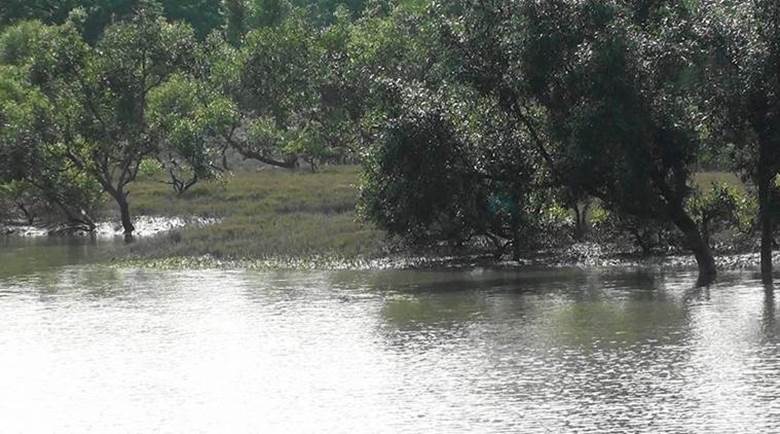Free Courses Sale ends Soon, Get It Now


Free Courses Sale ends Soon, Get It Now



Copyright infringement not intended
Context: Union Minister for Environment Forest and Climate Change Shri Bhupender Yadav spoke at the Launch of the Mangrove Alliance for Climate (MAC). This event was held on the side-lines of the ongoing COP 27 at Sharm El-Sheikh, Egypt.
Details:
What is a mangrove?
Why mangroves matter?
What are some of the special features of mangroves?
How do mangrove forests help protect against strong cyclones?
What are the other benefits to the environment?
Where are mangrove ecosystems found?
In India:
What are the threats to mangroves?
https://pib.gov.in/PressReleasePage.aspx?PRID=1874502
© 2024 iasgyan. All right reserved